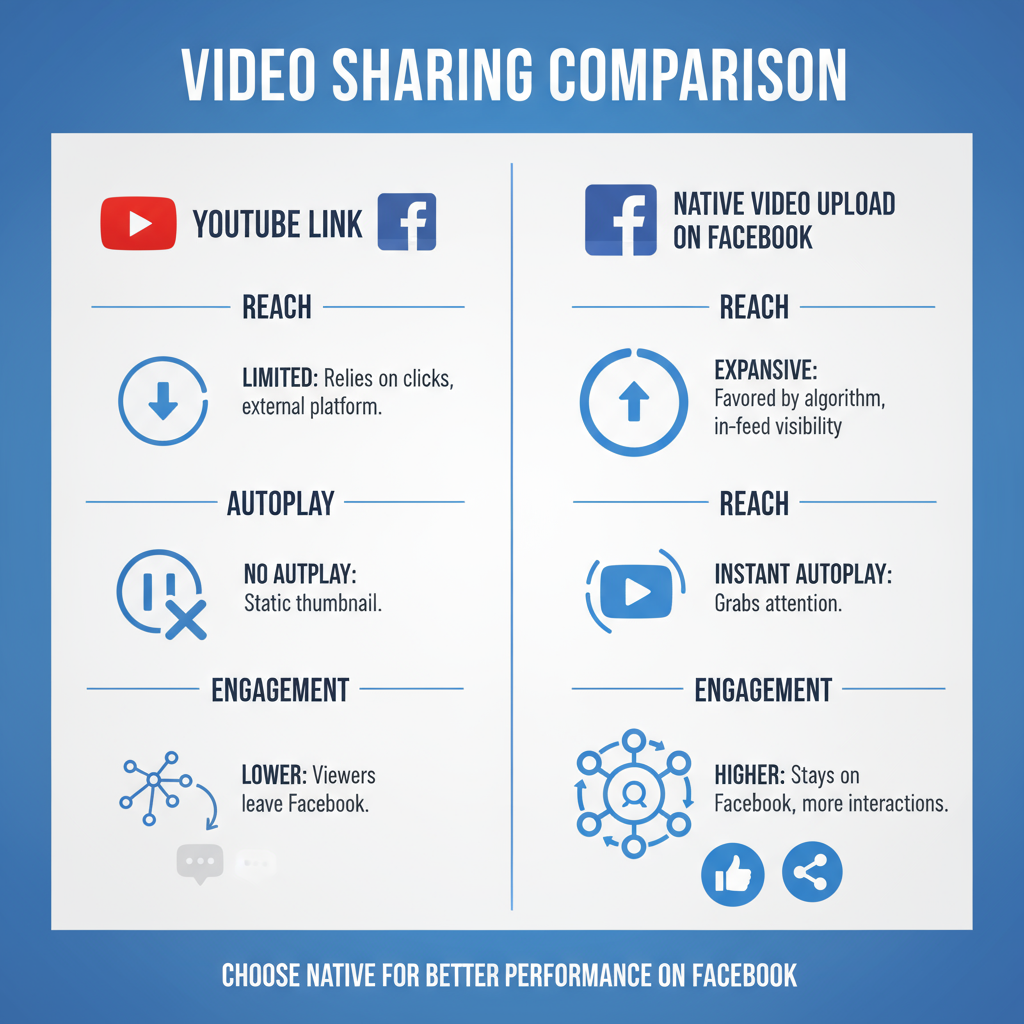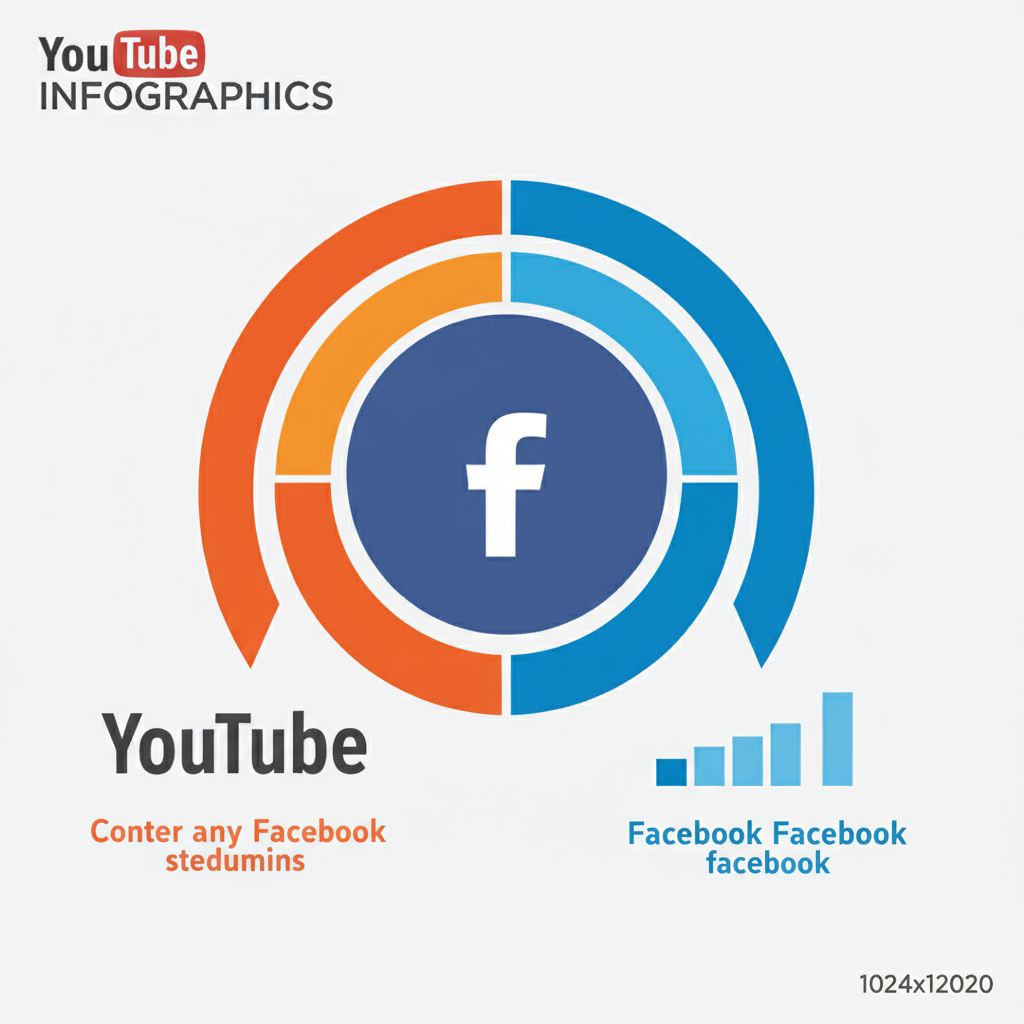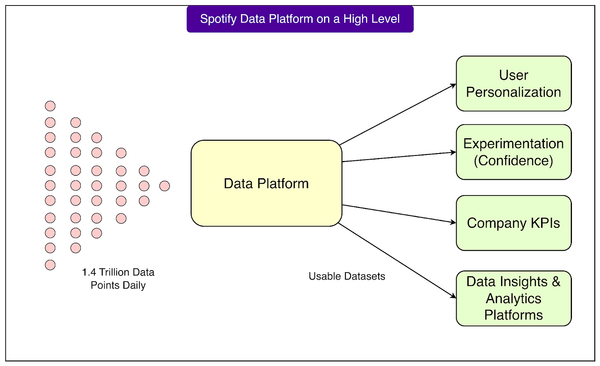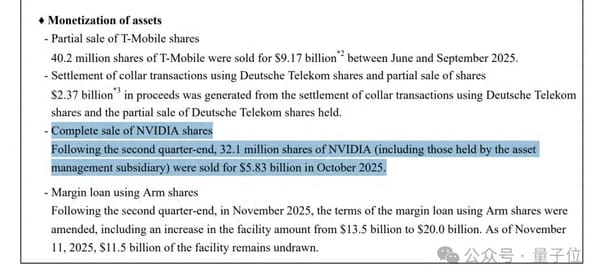How to Post a YouTube Video on Facebook Step by Step
Learn step-by-step how to post YouTube videos on Facebook, compare sharing methods, and apply tips to boost reach, engagement, and visibility.

How to Post a YouTube Video on Facebook Step by Step
Sharing your YouTube videos on Facebook is a powerful way to expand your audience, boost engagement, and enhance your brand’s online visibility. In this guide, you’ll learn how to post a YouTube video on Facebook using step-by-step instructions, understand the pros and cons of different posting methods, and get optimization tips to maximize performance. Whether you’re an individual creator or a brand, applying these strategies will help you get better results on both platforms.
---
Understanding Facebook’s Video Sharing Policies and Algorithm Preferences
Before you post, it’s essential to understand how Facebook’s algorithm works and how it views external versus native video content:
Key Points:
- Native video uploads are prioritized in the feed, resulting in higher reach.
- You must have the rights to any content you share.
- Avoid clickbait or misleading metadata to comply with Facebook’s Community Standards.

---
Choosing the Right YouTube Video to Share
Deciding which video to share is your first step:
- Your own YouTube content: Strengthens your brand and ensures consistent messaging.
- Other creators’ videos: Only share if you have permission or if the license allows it.
Pro Tip: Always credit the original creator to build trust and avoid copyright claims.
---
Copying the YouTube Video URL
- Open the desired YouTube video.
- Click the Share button beneath the video.
- Copy the provided URL.
This link will be essential if you choose to post the video as a direct link.
---
Choosing Between Direct Link Sharing and Native Upload
When figuring out how to post a YouTube video on Facebook, there are two primary options:
- Direct Link Share: Paste the YouTube link directly into a Facebook post.
- Native Upload: Download (with permission) and upload directly to Facebook.
Each choice impacts reach, engagement, and watch time differently.
---
Method 1: Share a YouTube Link in a Facebook Post
Best for directing traffic to your YouTube channel.
Steps:
- Navigate to your Facebook profile, page, or group.
- Paste your YouTube link in the post composer.
- Wait for the video preview to load.
- Add a catchy and relevant caption.
- Tag people or pages to increase exposure.
Advantages:
- Very quick to post.
- Drives views directly to your YouTube video.
Disadvantages:
- May receive lower Facebook reach.

---
Tips for Crafting High-Engagement Link Posts
- Set context: Explain why the video is worth watching.
- Strong call-to-action: “Watch now” or “Share your feedback in the comments.”
- Formatting: Use emojis, line breaks, and short sentences to improve readability.
- Limit hashtags to 1–3 relevant ones.
---
Method 2: Download and Upload Natively to Facebook
Best for maximizing Facebook reach and engagement metrics.
Steps:
- Download the video (ensure you have rights).
- Convert/export it to MP4 or MOV (recommended).
- Click Photo/Video on Facebook and select the file.
- Add a title, engaging description, and relevant tags.
- Upload captions/subtitles for accessibility.
Advantages:
- Native uploads autoplay in the feed.
- Higher algorithmic preference.
Disadvantages:
- Views don’t count toward YouTube metrics.
---
Optimizing Facebook Video Posts for Maximum Engagement
- Thumbnails: Use bold, attention-grabbing imagery.
- Posting time: Share during your audience’s peak activity (check Facebook Insights).
- Comment response: Reply promptly to encourage further comments.
Pro Tip: For native uploads, include your YouTube link in a pinned comment to drive cross-platform traffic.
---
Understanding Profile, Page, and Group Differences
| Platform Type | Best Use Case | Audience Reach | Privacy Options |
|---|---|---|---|
| Personal Profile | Sharing privately with friends and family | Limited to your connections unless set to Public | Friends, Public, Custom |
| Facebook Page | Public-facing content for brands and businesses | Fully Public & Discoverable | Public only |
| Facebook Group | Community building and niche-specific sharing | Varies based on member count and activity | Public, Closed, or Secret |
---
Targeting and Privacy Settings
- Use Public settings for maximum visibility.
- Apply Restricted access for closed community audiences.
- Adjust the audience selector for each post to match your goals.
---
Cross-Promotion Strategies
- Link your Facebook post in your YouTube description.
- Use consistent hashtags across both platforms for branding.
- Create Facebook-specific snippets or teaser videos for Stories and Reels.
![workflow]()
---
Tracking Results with Facebook Insights
Focus on the following metrics:
- Reach: The number of unique viewers.
- Engagement Rate: Likes, shares, and comments.
- Click-Through Rate (CTR): For link posts.
- Video Retention: Watch duration.
Analyze this data regularly to improve your approach.
---
Adjusting Your Posting Strategy
- If link posts have low reach, test native uploads.
- If engagement drops, experiment with different captions, thumbnails, or posting times.
- Invest more in the formats and topics that keep viewers watching.
---
Frequent Mistakes to Avoid
- Using spammy captions with keyword stuffing or excessive hashtags.
- Posting links without captions or context.
- Ignoring viewer comments and reactions.
- Sharing videos with poor sound or image quality.
---
Conclusion
Knowing how to post a YouTube video on Facebook comes down to aligning your method with your goals. Use direct links for increased YouTube traffic and native uploads for better Facebook reach. Combine strong visuals, compelling captions, and timely engagement to maximize your success across both platforms.
Now that you have the step-by-step process and optimization tips, start testing both methods to discover what works best for your audience. If you’re ready to boost your cross-platform presence, implement these strategies today and watch your engagement grow.




